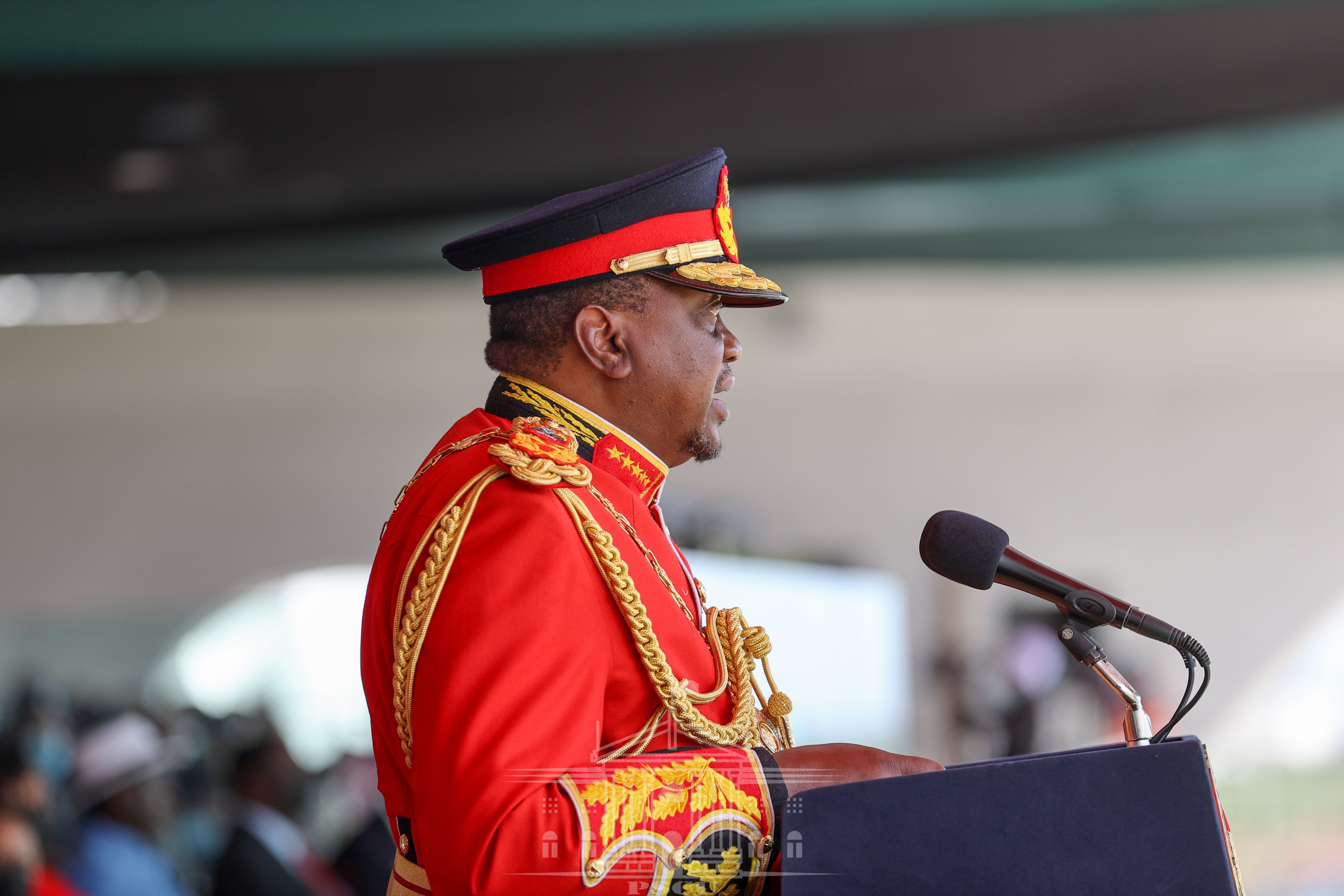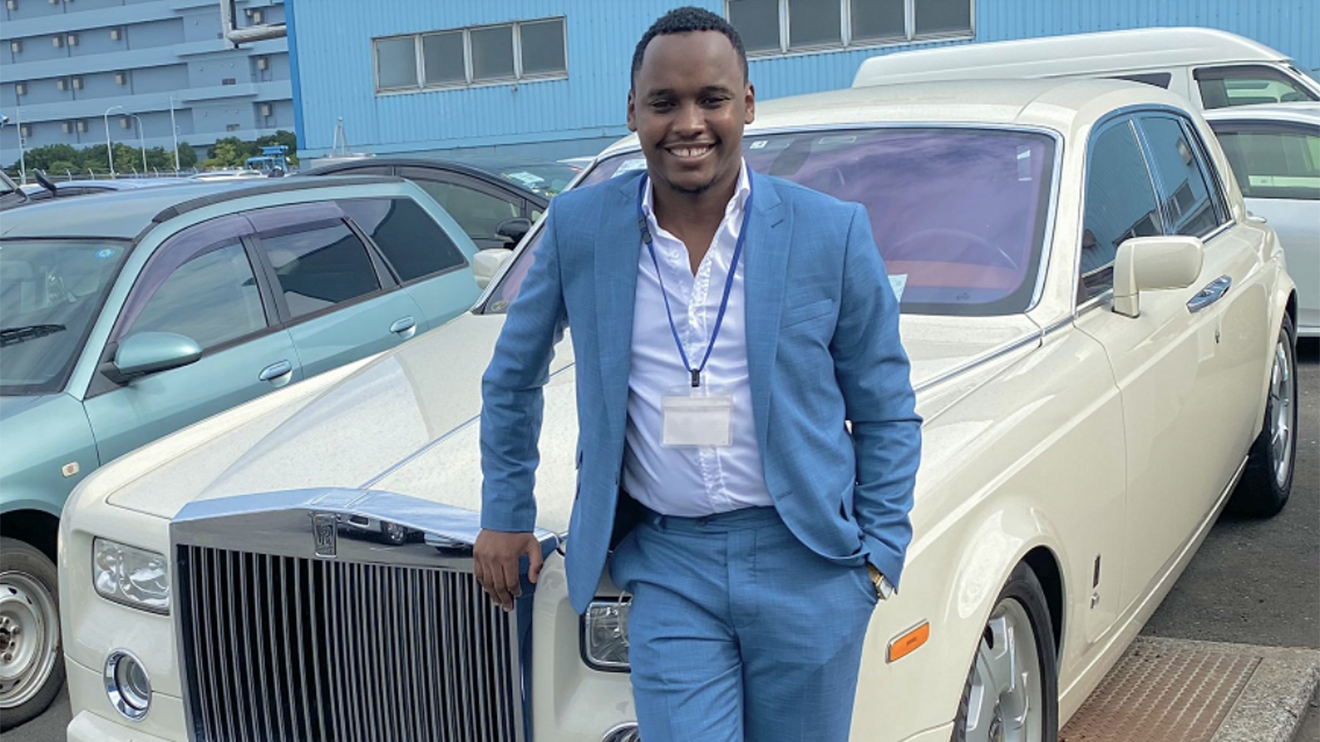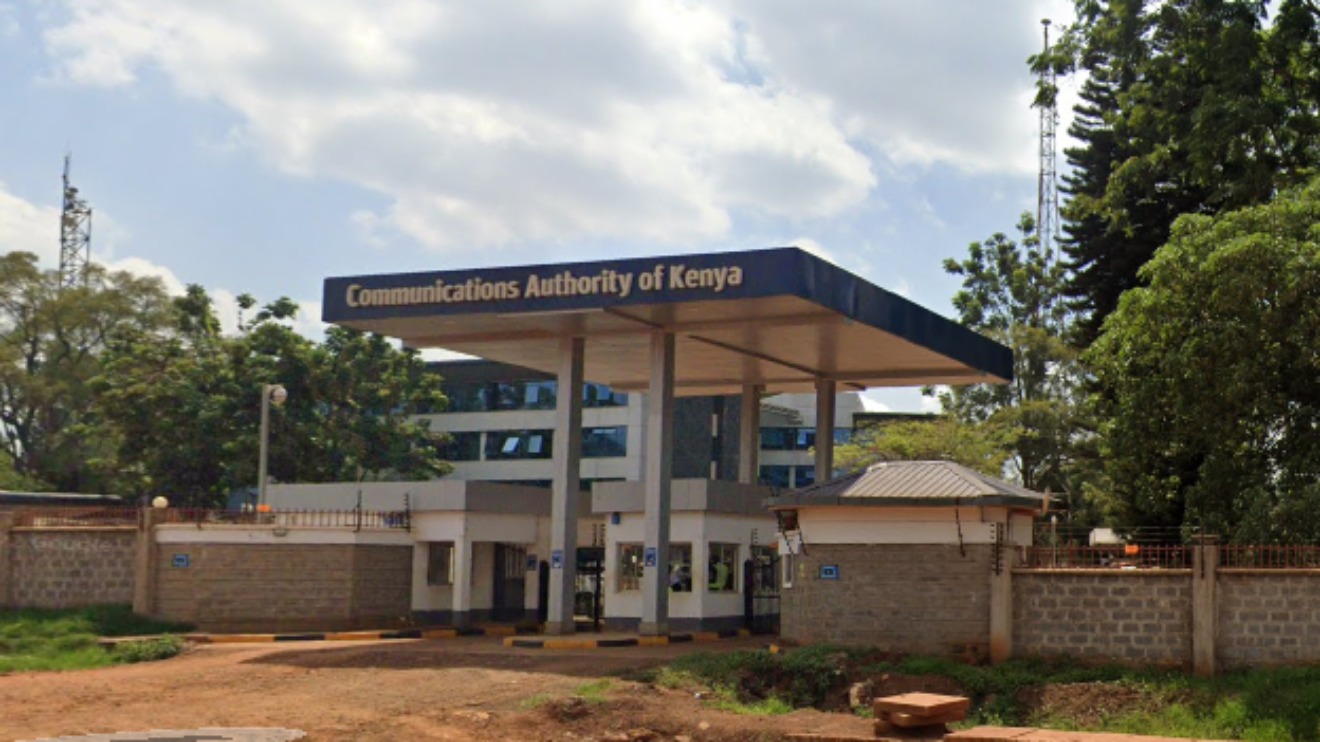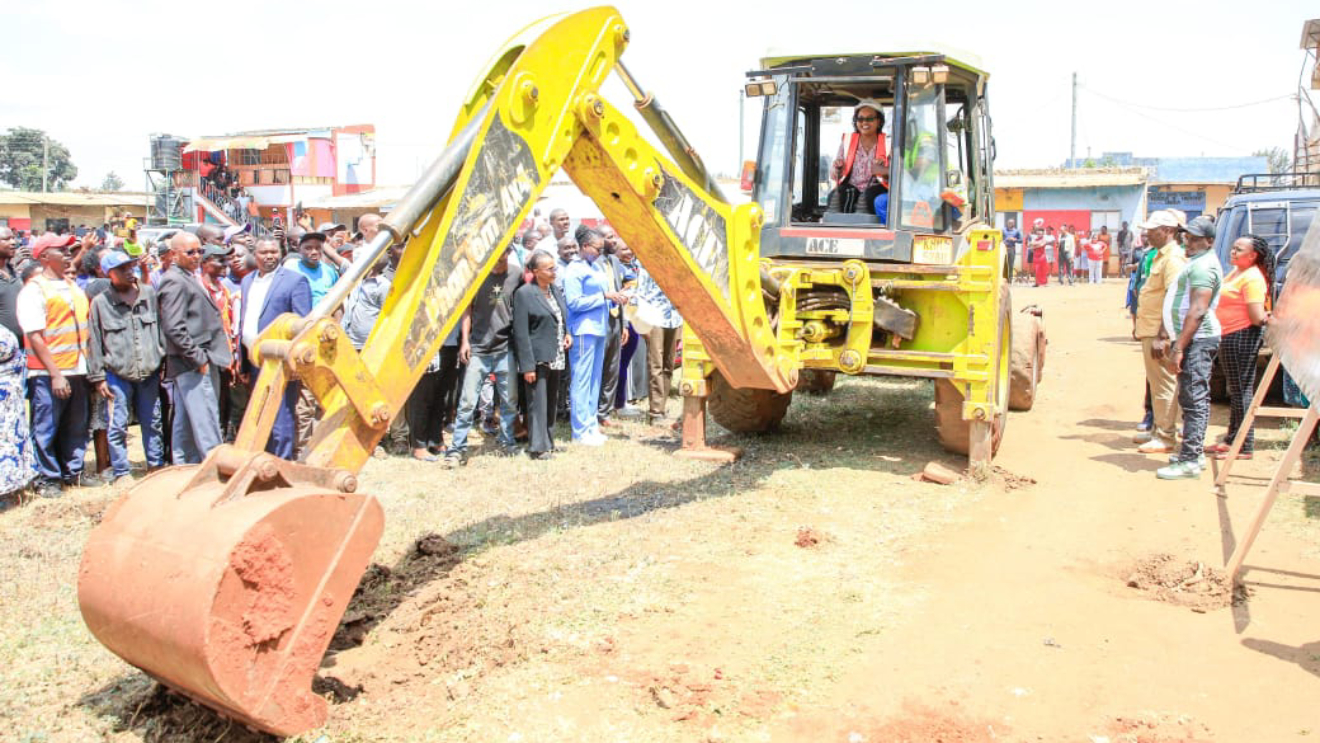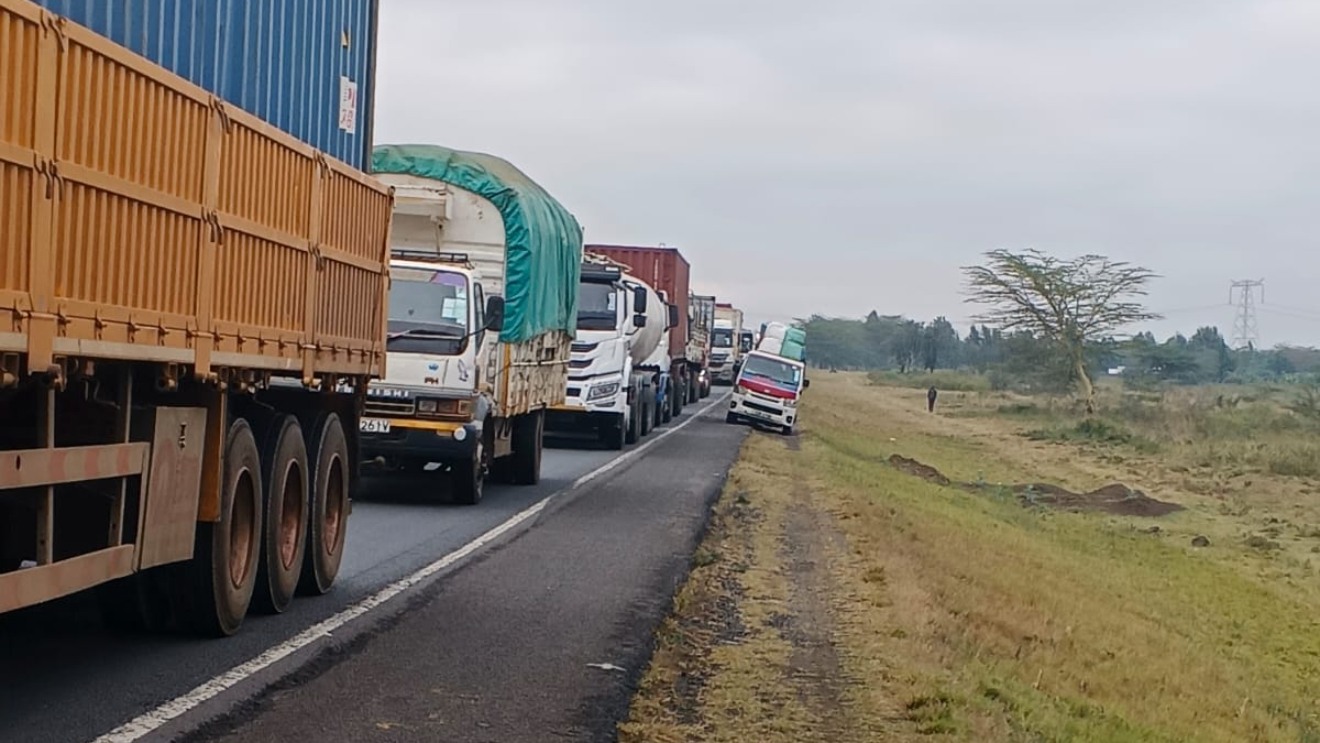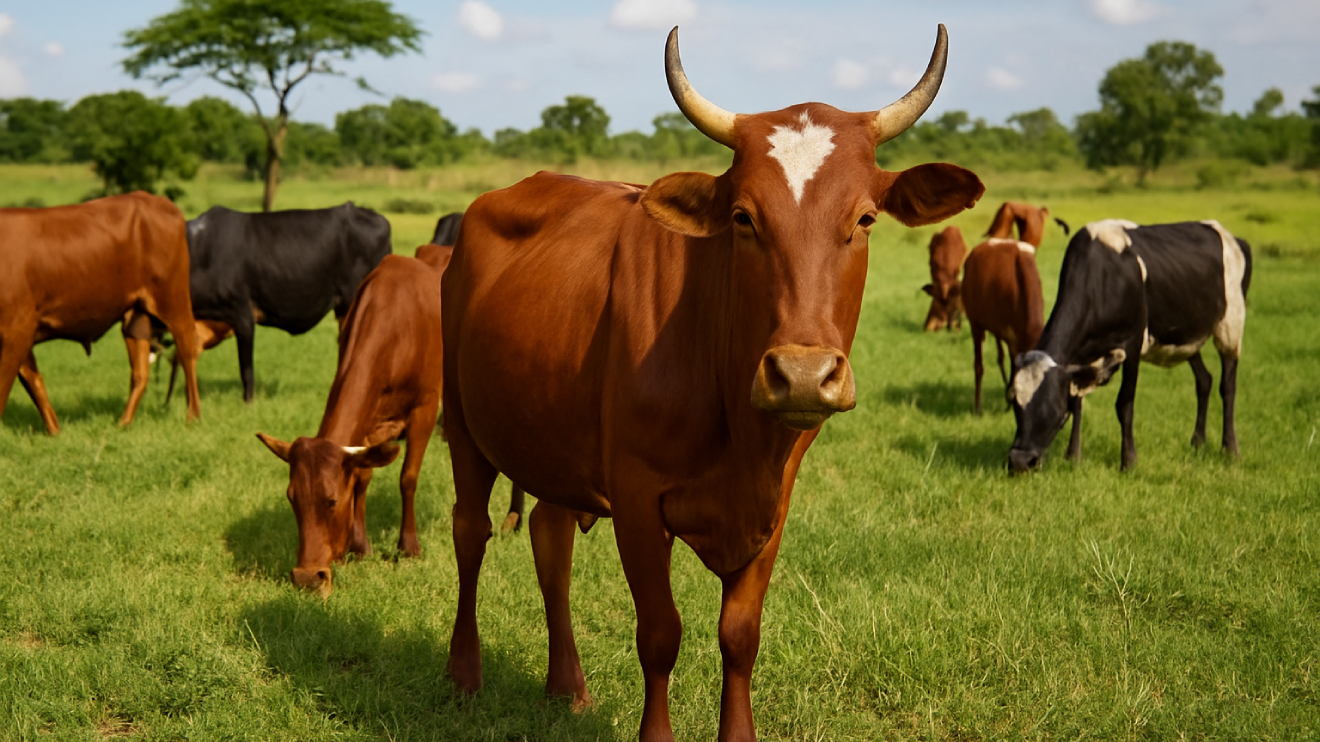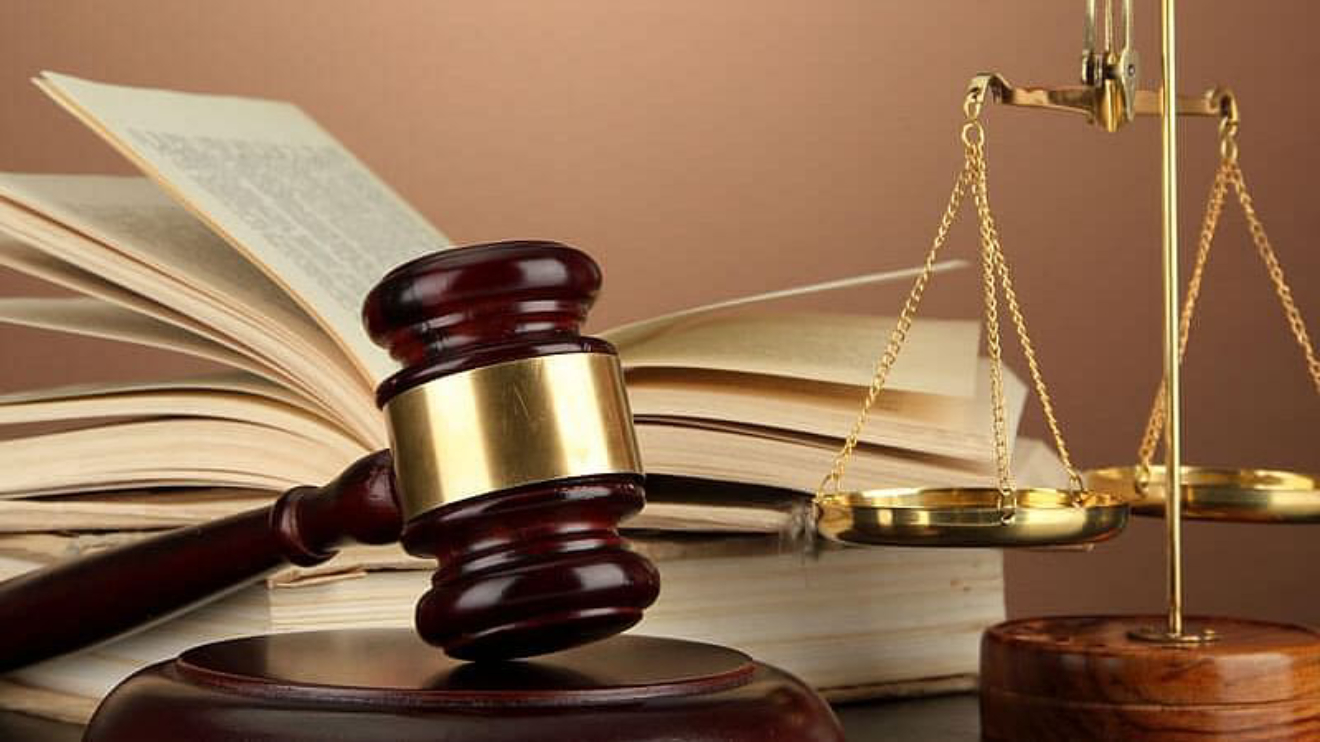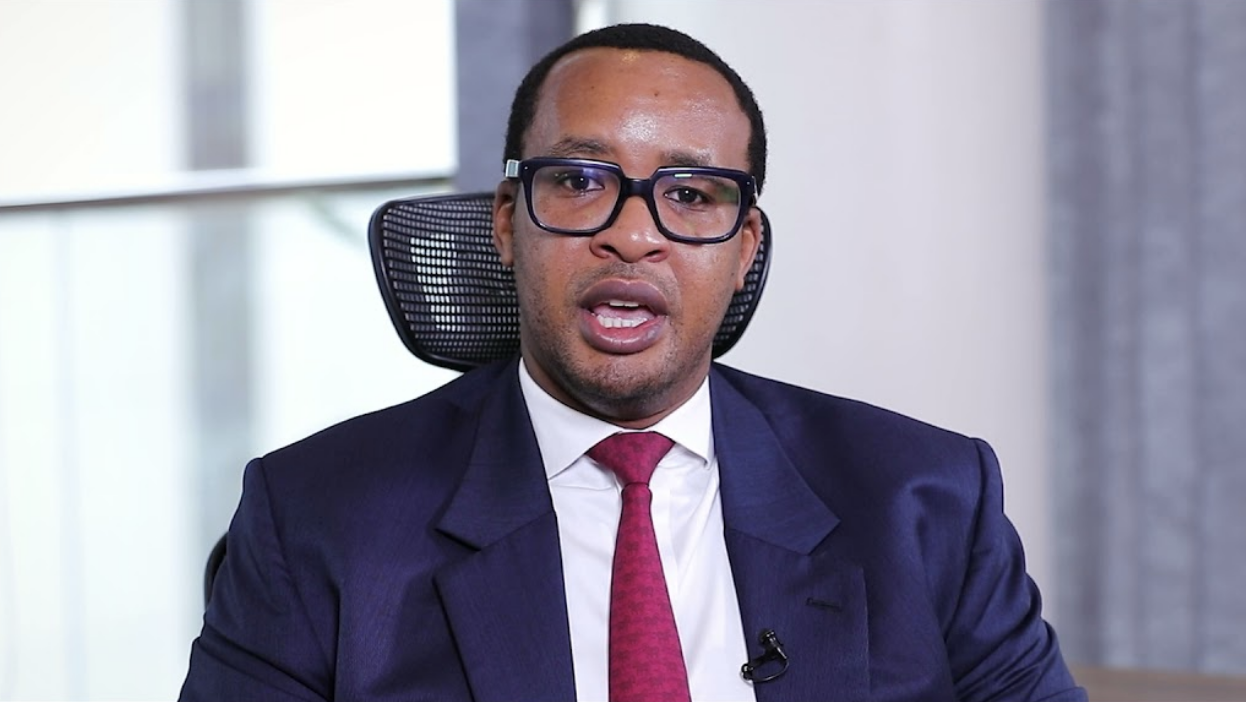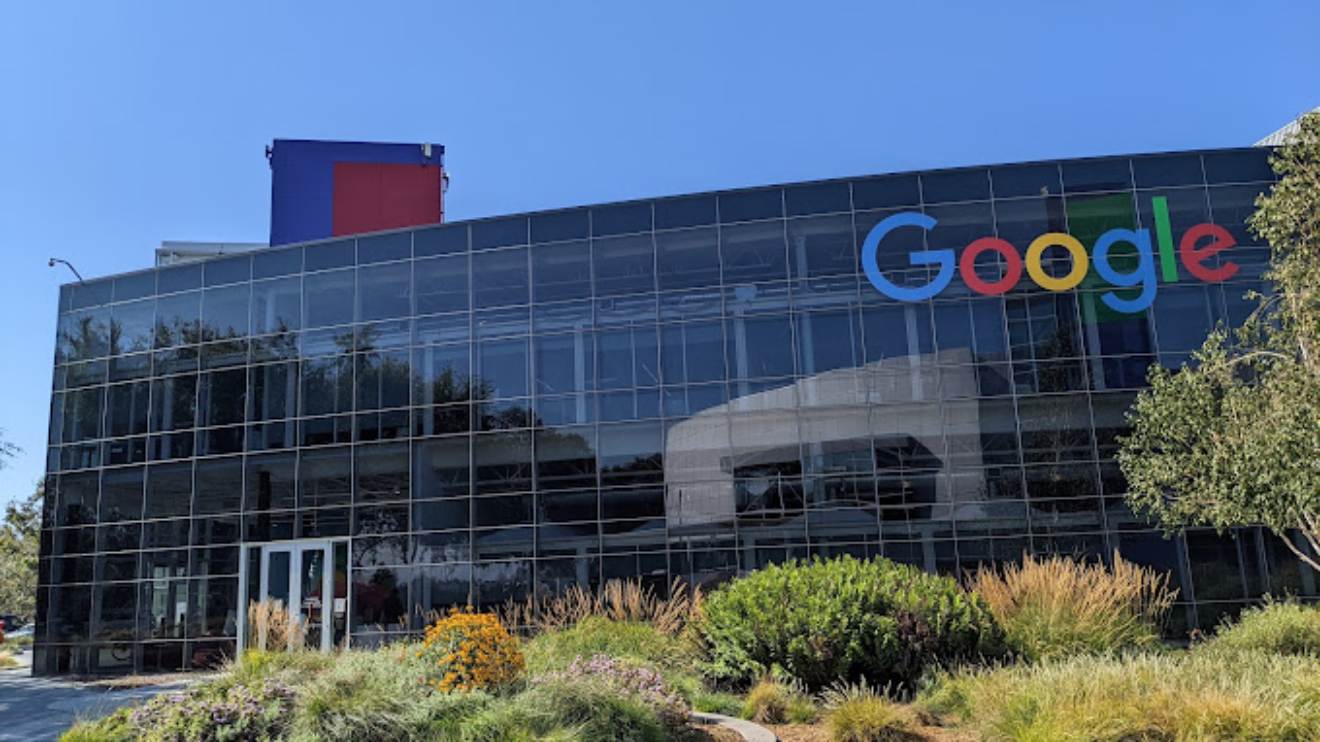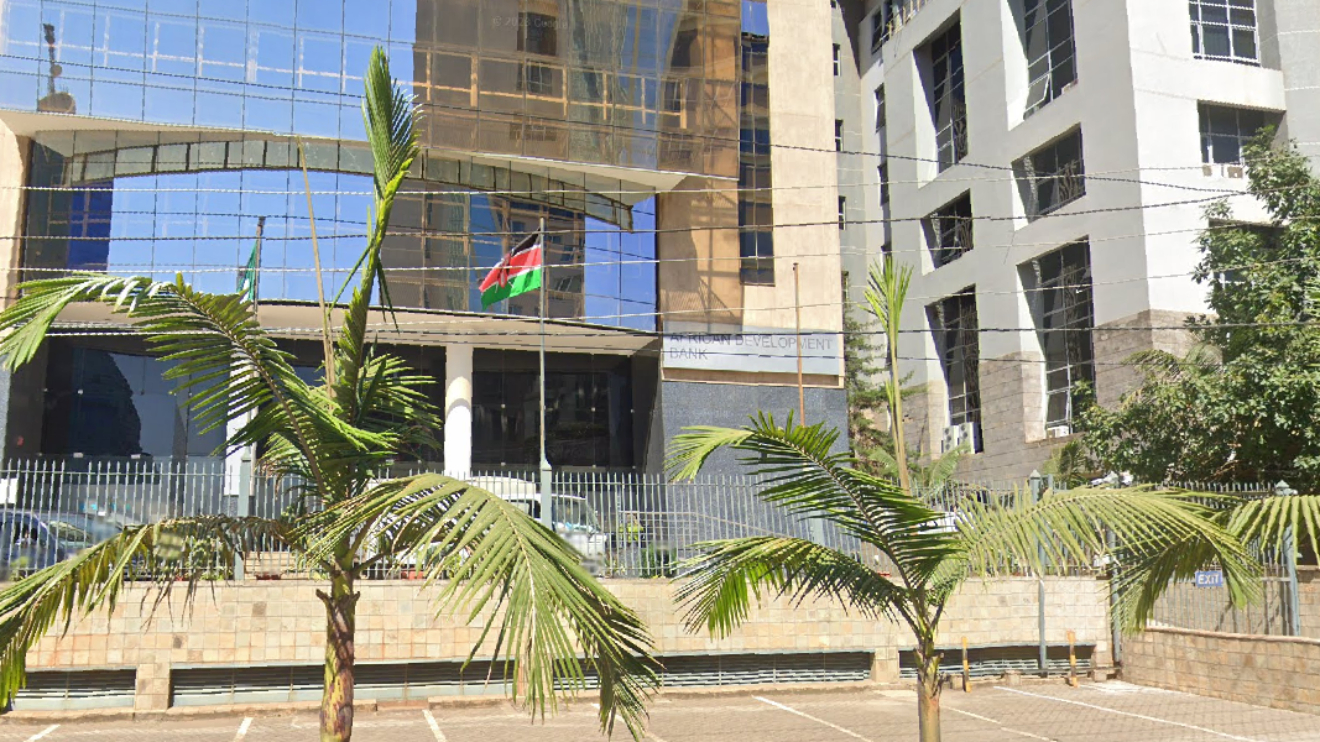Leaders from across the entire spectrum of our nation, members of the diplomatic corps, ladies and gentlemen, fellow Kenyans, happy Jamhuri Day!
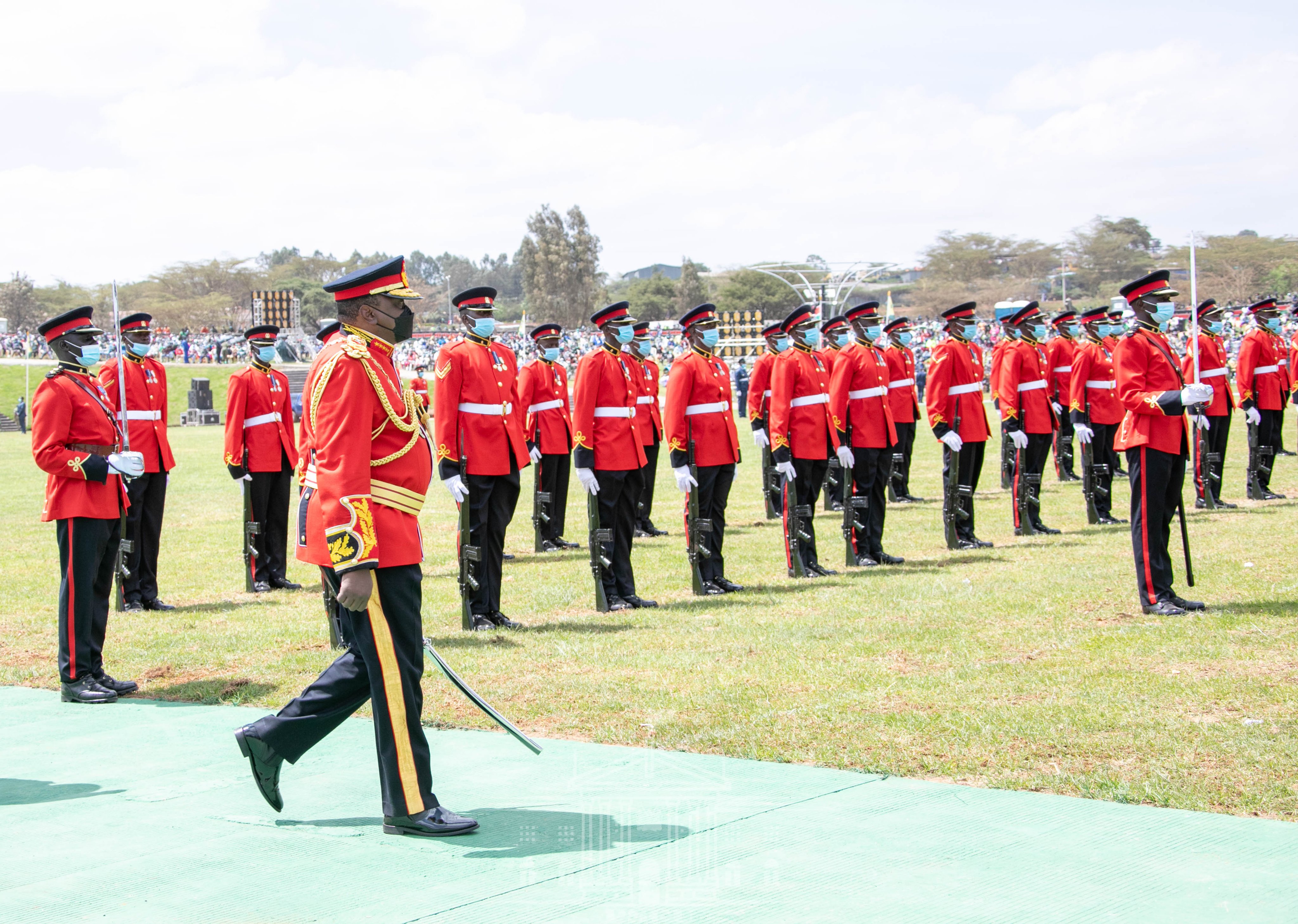 PHOTO/PSCU
PHOTO/PSCU
Today, I am indeed delighted and privileged to host the 57th Jamhuri Day celebrations here at Uhuru Gardens, the People’s Garden. This is the exact place where the Union Jack of the British colonizer was lowered and our National Flag hoisted on the midnight of 12th December 1963. And as we hoisted our National Flag here at the People’s Garden in Nairobi, a hero by the name of Kisoi Munyao raised the same flag at midnight of Independence Day at the peak of Mount Kenya.
This being the highest point in our land, we wanted to declare to one and all that Kenya was finally independent. The joy of December 12th is that we celebrate two critical milestones of our independence journey. And I say so because the transfer of power from the British colonizers to our Founding Fathers took place in three steps over a period of 18 months.
The first step was achieved after the May 27th election of 1963. This election ushered in our self-rule on June 1st, 1963. 13 And with this step, the First Prime Minister of Kenya, Mzee Jomo Kenyatta became the Head of Government. But the Queen of England remained the Head of State. This means that we were free; but not free.
Read More
Six months later, the second milestone was achieved when we gained independence on December 12th, 1963. On this day, we gathered here at the Garden of the People, hoisted our national flag and played our national anthem for the first time. And as we did this, we were reminded that our National Flag is not just a piece of cloth decorated with ink; or a sentimental display of colours without history.
Our Flag is a symbol of the national wounds and the scars we bear from the liberation war. It is a picture of the battles we fought; those we won and those we lost. And because the ultimate act of every great warrior is to lay down his weapon, the shield and spears on our National Flag symbolize victory. But even with independence, a national flag and a national anthem, the Queen of England continued to serve as Kenya’s Head of State. This meant that we were free; but not free.
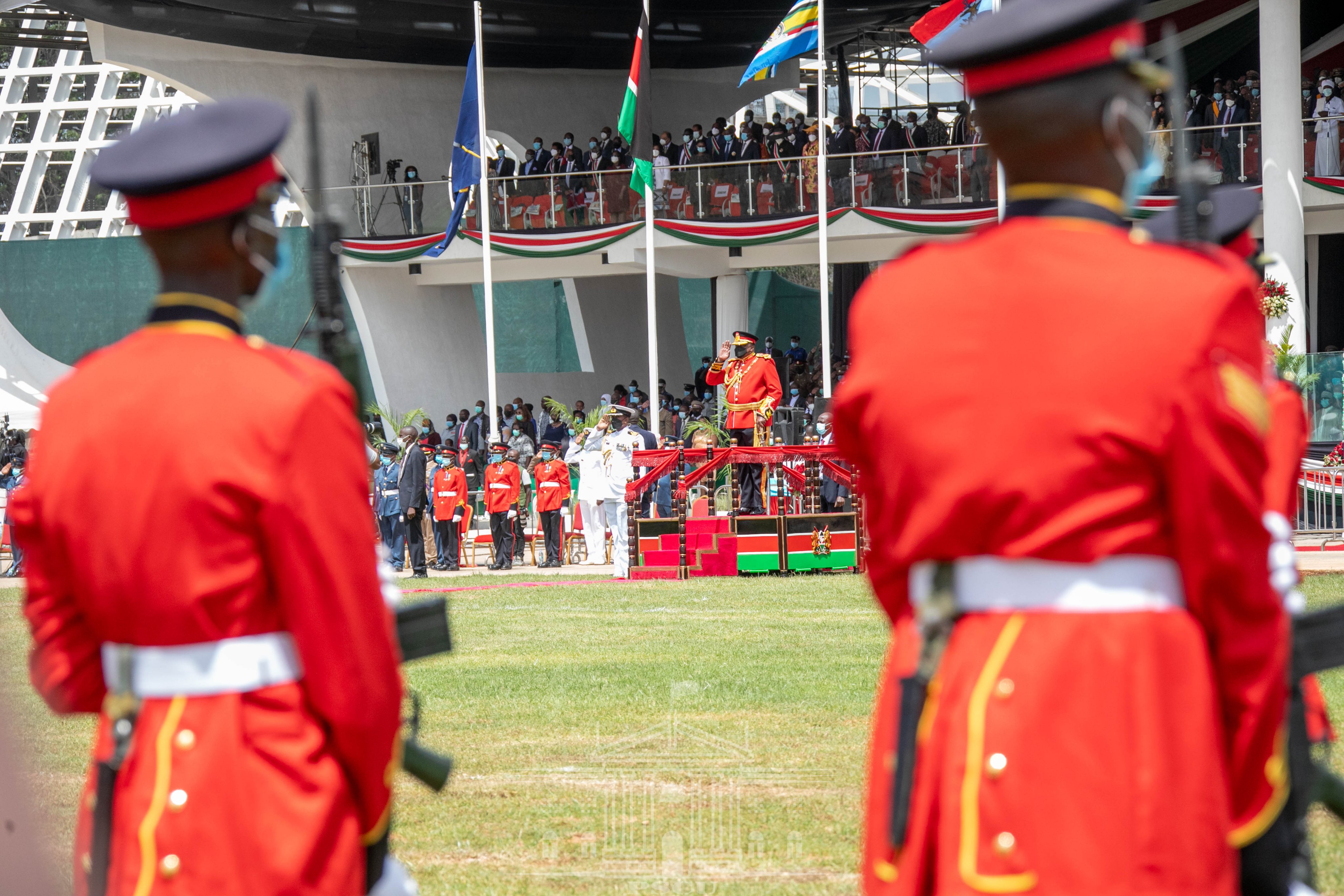 PHOTO/PSCU
PHOTO/PSCU
It took us one full year to get to the third and final milestone of our liberation. This happened on December 12th, 1964 when the Queen of England vacated her position as Head of State. And with this act, Kenya transitioned into a full Republic or Jamhuri marking the total liberation of our country.
On this memorable day in 1964, we returned to this Garden of the People to launch the Republic of Kenya and inaugurate its First President. And on the same day, the Governor-General, who became the last expatriate occupant of Government House, left Kenya.
To commemorate this change of guard, the First President planted a Mugumo tree at the exact spot where our flag had been 14 hoisted at midnight of December 12th, 1963. That 57-year-old tree stands tall and proud to my right as a symbol of our struggle dating back 100 years ago in the 1920s.
This December 12th is therefore a joyous day for Kenya because we mark the 58th Anniversary of our Independence and the 57th Celebration of our becoming a Republic.
As we mark this historic day, some will tell you that history is meaningless, unnecessary, useless and irrelevant to the concerns of the present. I beg to differ. History provides invaluable lessons to be learnt and gives context to the present. By looking back, we are better able to look forward. Learning from the past means we can build on its good, avoid its mistakes and most importantly it is a constant reminder of the ugly. So that even, as we forgive, we should never forget.
Fellow Kenyans, Ladies and Gentlemen, why did our Founding Fathers choose Uhuru Gardens as the place to celebrate Independence Day in 1963 and the republic status in 1964? Why did they want generations to memorize about our history, the untold atrocities visited upon our people and the evil associated with colonial rule?
The grounds on which we sit here today were also known as the Lang’ata Concentration Camp. During the liberation war, this concentration camp was the most notorious clearing house for our liberation fighters. In fact, it is estimated that up to 10,000 of our gallant and most feared liberators were confined in this camp at some point or another. And most of them did not survive the wrath of the colonizer. Lang’ata Camp has been described in the books of history as resembling the Nazi Camps in Germany, both in its psychological warfare and its methods of brutality.
In fact, using 15 ‘quack scientists’, the colonizers argued that devotion to the cause of Mau Mau was a mental illness. And the only way to deal with it was by creating mass detention camps where ‘shock therapy’ and torture would be administered as a cure. And that was part of the logic they used to create the Lang’ata Concentration Camp where we are seated today.
By creating this garden as a place of remembrance, our Founding Fathers wanted generations to recall the darkness of our colonial past, but not to be stuck in the pessimism that dark memories can breed. They wanted us to turn darkness into positive energy the way they did it in the concentration camps. Instead of breaking down in the camps, colonial brutality only made them stronger. But there are other reasons why our Founding Fathers brought us to this place of national remembrance.
Each time we gather here, they wanted us to face our national fears and demons with courage. More so because, no condition is permanent. They wanted us to “…never question in the dark, decisions we made in the light”. Mainly because the long walk to freedom was a walk of faith. Most of our liberators had no idea whether or when freedom would come.
In fact, they confessed in their memoires that many times they had doubt that their cause would ever see the light of the day. And although their walk to freedom was long and hard, the only thing that sustained them was the burning conviction of the rightness of their cause. They were troubled on every side, but not distressed. They were perplexed, but did not despair.
Fellow Kenyans, Ladies and Gentlemen, whenever we congregate at this place of remembrance, we are called to renew the Soul of the Nation. We are called to appreciate the pain felt and sacrifices made, by those who went 16 before us. The fallen soldiers and heroes buried in unmarked graves in prisons and camps all over the country. That is why the project under construction before you at this site was initiated. Apart from being a place of remembrance and healing, this place will be an arena where the past, the present and the future will converge.
When Kenyans walk through the Heroes Boulevard, their spirits will be edified by the sacrifices our liberators made. And at the end of this boulevard, there will be the tomb of the unknown warrior. A warrior whose name we do not know, although he died in battle for our country. A warrior whose mother let him go, and both mother and son sacrificed so that we can be free. Once completed, this place of history will rekindle memories of our armed struggle, but also the good, the bad and the ugly of our history.
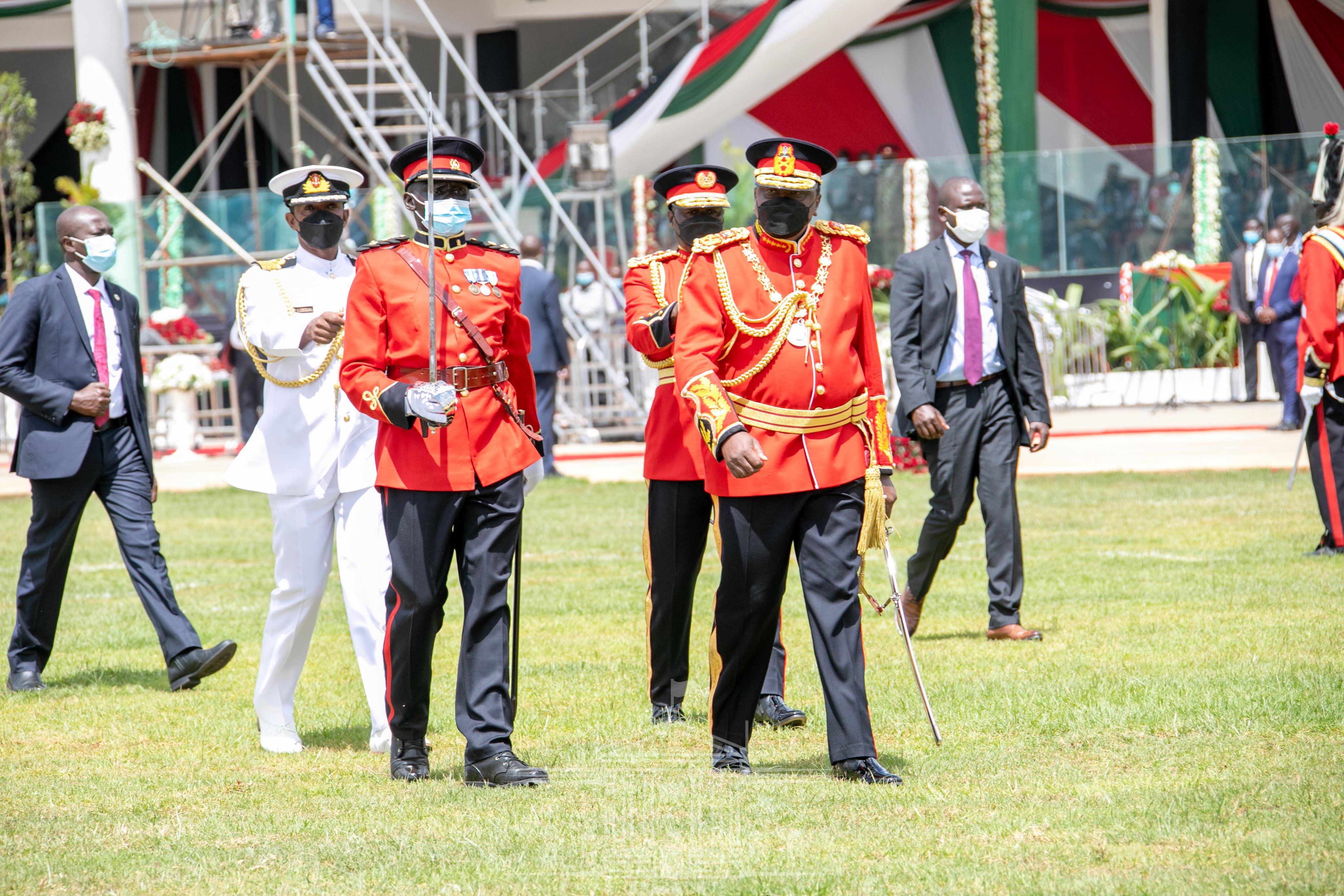 PHOTO/PSCU
PHOTO/PSCU
At the Hall of Legends, it will bring alive our legendary ancestors including Mzee Jomo Kenyatta, Mekatilili wa Menza, Koitalel arap Samoei, Jaramogi Oginga Odinga and Nabongo Mumia among others. At the Tunnel of Martys, we will have a solemn memorial to each and every Kenyan who lost their lives in the many watershed moments. These will range from the First to Second World War all the way to the victims of the post-election violence of 2008.
In the Rope Gallery of this museum, a named rope will be dedicated to every one of the one thousand and ninety (1090) heroic souls that were hanged during the colonial era. And at the Moments of Darkness Gallery, we shall display the histories of our lowest moments, the moments that we regret but are part of our history. But not all galleries display sad news.
The Hall of Innovation in this museum will celebrate the brilliant and game-changing 17 ideas produced by Kenyans. This Hall will speak to the coming future and how our past has guided it. The Hall that is just behind me, marked by a spear pointing up, characterizes our latest exploits, our moments of great hope and national pride, and our bold path into the future. This place will be a book of history and illumination of the future, weaved in hope, written in pictures, sculptures and historical artifacts. And although the place of remembrance is a place of national pain, it will also be an altar for historical forgiveness.
As Kenyans walk through the galleries of heroes and legends, they must forgive those who trespassed against us. However, they must also heed the call from our Founding Father when he said: “We will Forgive them; but we will NEVER Forget”. We must forgive our transgressors; but we must never forget their name.
Fellow Kenyans, Ladies and Gentlemen, Finally, our Founding Fathers brought us to this Garden of remembrance to teach us that nation-building is not a sprint; it is a relay. No single person or group of persons can make this undertaking alone. Liberation was achieved because it was a product of teamwork. And it must be recorded that the Founding Fathers were not a team because they worked together. They were a team because they reinforced each other and had deep respect, and trust for one another.
They taught us that nation-building is like building a house. This endeavor is indeed a product of teamwork, not individualism. They built a firm foundation for a prosperous Kenya. Others amongst them built the walls and others roofed the house. Everyone had a role to play. And no role was greater than the other. 18 The same is today as it was then. We are building a house called Kenya and there is no place for one-manism in this project. It is the collective work of every able-bodied Kenyan. And yes, we will disagree sometimes, but in our disagreements, we must remain respectful.
In fact, respectful disagreements are what lead to reconciliation. More so because when we disagree, it is a sign that we are making progress. The making of a nation and the building of a house are also living processes. They cannot be static; they must be dynamic. Errors are made sometimes and renovations must correct them after the house is completed.
In December 1991, we discovered that the one-party system was a design error in our nationhood. And the advancement of the Republic had outlived its usefulness. We made renovations and changed the system.
In 2007, we ran into another architectural defect in our nation-building project. We discovered that the politics of exclusion in which the ‘winner takes it all’ was not good for our country. We were bold enough to change the Constitution and expand the executive in order to accommodate the excluded.
And when the former Prime Minister, Rt. Hon. Raila Odinga and I shook hands on March 8th, 2018, it was because we saw a crack on the wall of our nation. We had run two elections that costed the country Sh1 trillion in business loses and we were staring at a nation divided right in the middle. Because we had disagreed respectfully, we knew that this was a mark of progress. It was difficult, but the necessity, the reason and the recognition that we as Kenyans needed each other, nation before self, as our forefathers had taught us to come together, reinforced our resolve.
Therefore, the need to come together and mend the crack on the wall of our nation necessitated the first amendment to our Constitution. And although it encountered some legal obstacles, I can only say that BBI is just a dream deferred. One day, someday, it will happen, because the country cannot survive ethnic majoritarianism and exclusion just as it cannot survive unfair and skewed representation. This is a design defect that we must fix.
Fellow Kenyans, Ladies and Gentlemen, this Garden of the People, therefore, is not just a place of remembrance. It was gifted to us as a place where generations shall tell stories of where we have come from, where we are and where we are going. It is an arena of truth narrated before God; verified by history and reinforced by the acts of our Founding Fathers. And if it is a convergence point between our past and our present, it must also guide our future.
Allow me now to conclude with a thought about the future. If the Asian Tigers were at the same level of development as Kenya in 1963 and Kenya actually lent South Korea some money to implement its development plan in 1963, the question is what happened? Why were we unable to develop as fast as they did? This future did not happen because we failed to plan for it. This future evaded us because we failed to imagine it. And I say so because imagination is more powerful than knowledge. For the past to have an impact on our future, we must constantly imagine and re-imagine the future.
As we envision the future, we are reminded that in eight years, our Economic Blue Print, that is, the Kenya Vision 2030 will have run its course. By then, Kenya will be home to a projected 63 million citizens; and as Kenya turns 100 in 2063, we will be home to 100 million citizens. For us to secure the 20 elusive shared prosperity and inter-generational equity; we must be bold in our imagination of Kenya at 100. But, our imagination cannot follow the popular path; it must follow the bold path.
Indeed, Vision 2063 must be a bold imagination of what Kenya will be at 100 years. The solemn duty of framing of how this vision looks like is the task of our generation. As our children walk through the Boulevard of Heroes in this park and play in the Pavilion of Reflection, what account of ourselves will we have left in this unedited place of history?
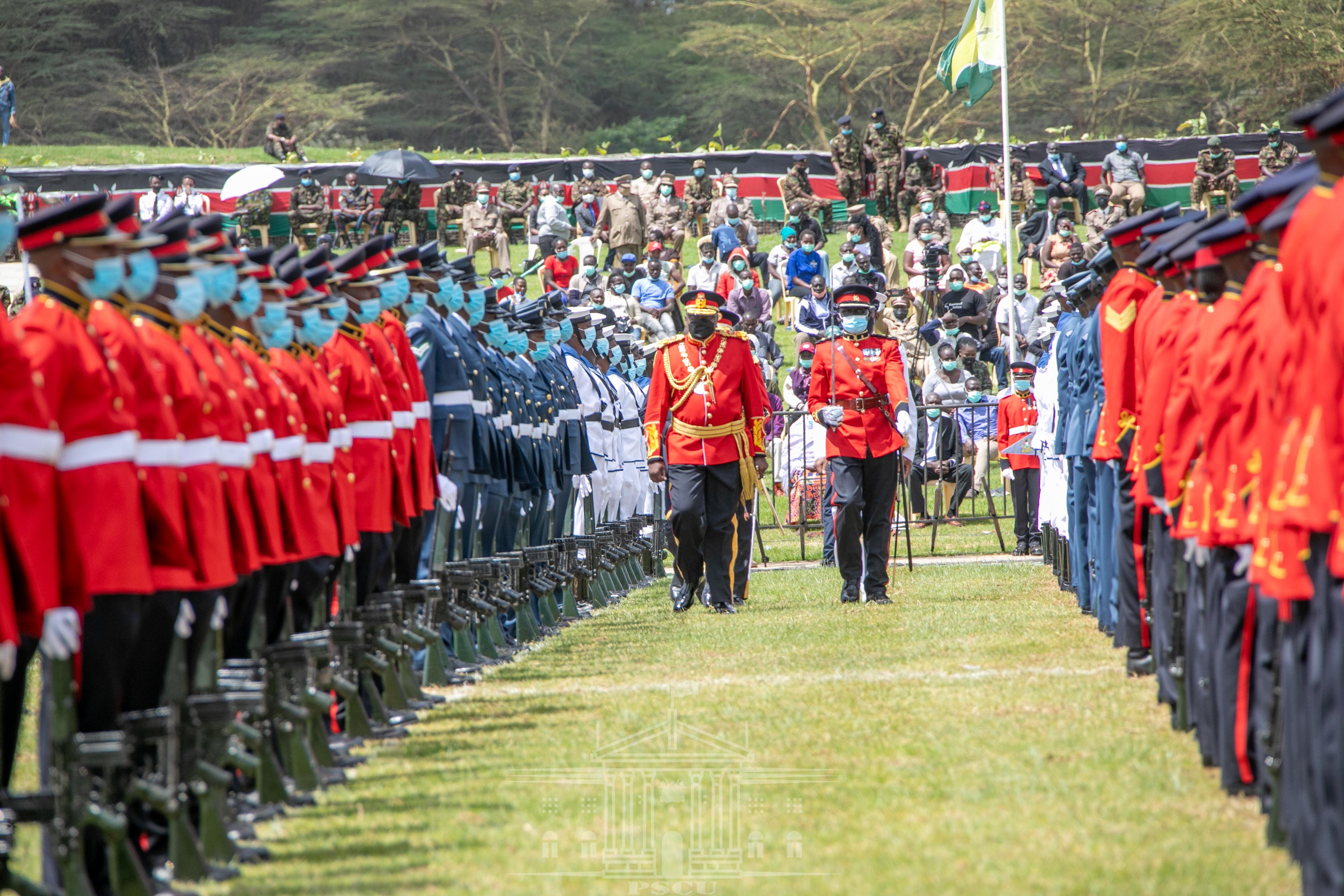 PHOTO/PSCU
PHOTO/PSCU
It must be written in this unedited book of history that; we chose the bold path over the popular path. The Lion is “…not the strongest animal in the Savannah. Neither is it the biggest. Neither is it the shrewdest. But, it is the boldest”. And this attitude of boldness is what makes the lion, the King of the Jungle. Indeed, this is the reason it is said that “…an army of sheep led by a lion can defeat an army of lions led by a sheep.”
The future of Kenya, inspired by the past and the present, must be about brave imagination. This is why I congratulate the 19th Infantry Battalion of the Kenya Army, whom I have coloured today. We must celebrate our Defence Forces because when they go to war in defense of our borders, they know too well that they will either return hoisting our national flag; or return wrapped in our national flag. This takes boldness and dedication.
Fellow Kenyans, Ladies and Gentlemen, now I will end my address by keeping a promise I made. On the 20th of October 2021, I directed the Ministry of Energy to fast-track the implementation of the recommendations of the Presidential Taskforce on Power Purchase Agreements.
I am 21 pleased to note that the pathway to reduce the cost of electricity by over 30 per cent is on course. In honour of this pledge to the nation, and in response to the concerns over the high cost of electricity raised by both individual consumers and enterprises, I am pleased to announce to the nation that the reduction of the cost of electricity will be implemented in two tranches of 15 per cent each; with the first 15 per cent achieved through initial actions focusing on system and commercial losses, to be reflected in the December bills, and a further 15 per cent reduction, in the first quarter of 2022.
In realizing the second tranche of the reduction in power bills, I note that the Ministry of Energy has initiated engagements with Independent Power Producers aimed at renegotiation of power purchase agreements; so as to give better value for money for consumers. I urge the power producers to demonstrate goodwill as we seek to make our energy sector a greater catalyst of our national development.
As we move to the New Year, 2022, I leave you with the words of our Founding President as he wished our new Republic a Merry Christmas 57 years ago. He urged our good men and women to be of service to their fellow countrymen.
His New Year message was this: “…let everyone who is educated, teach others to read and write. Let every man who is healthy help a man who is sick. Let every man who has work find some prospect for a man that is poor and not employed. Let service be our inspiration for the future…”.
And with this message my beloved Countrymen, I wish you a Merry Christmas and a Prosperous New Year to you all.
God bless you. God bless the Republic of Kenya.
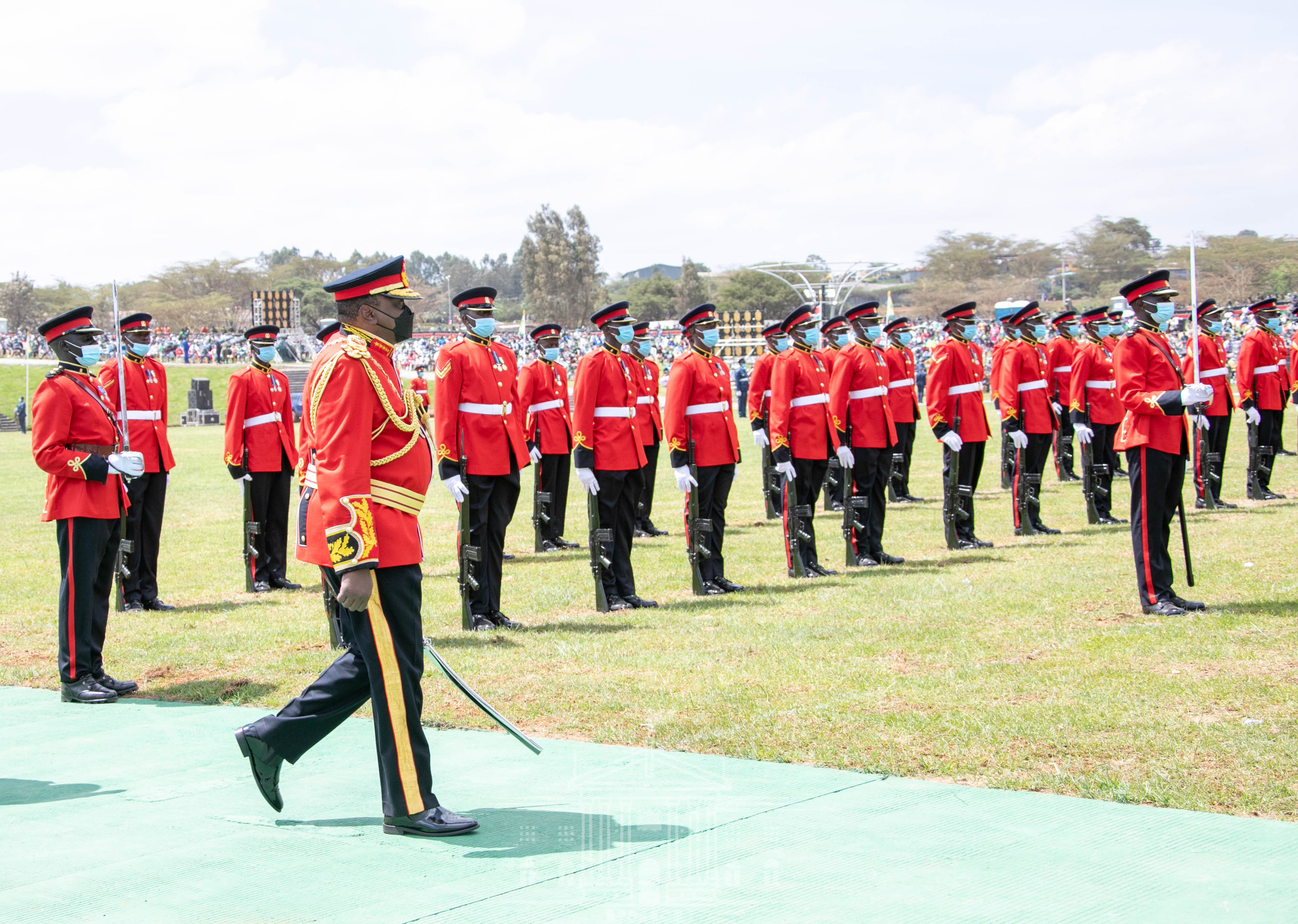 PHOTO/PSCU
PHOTO/PSCU

